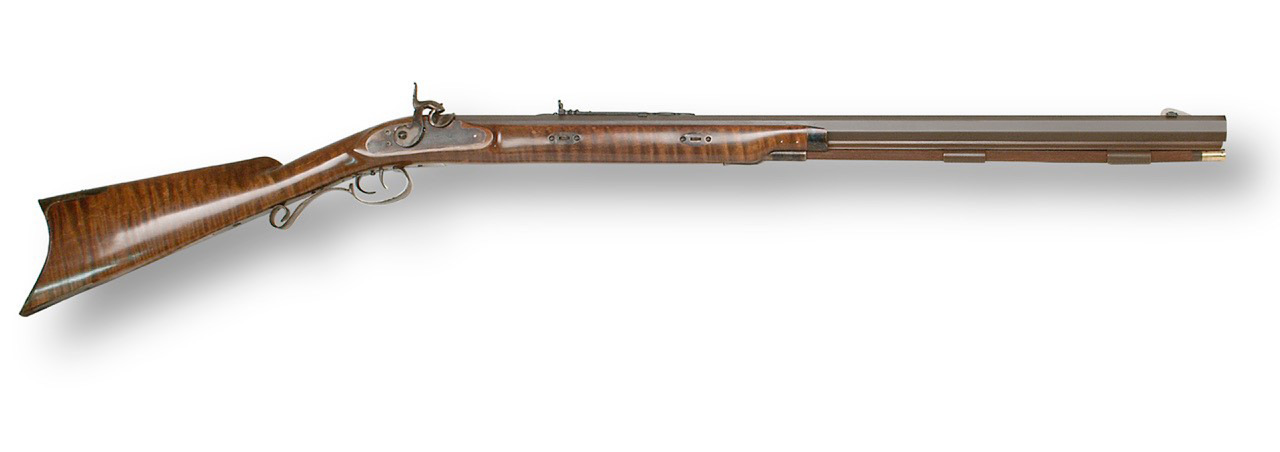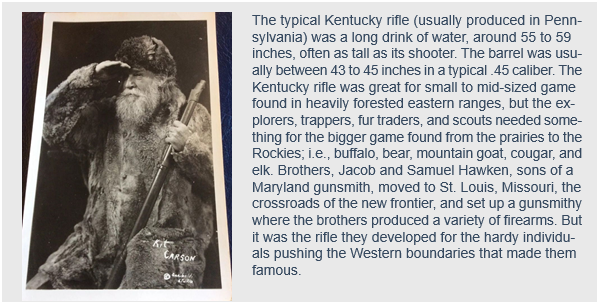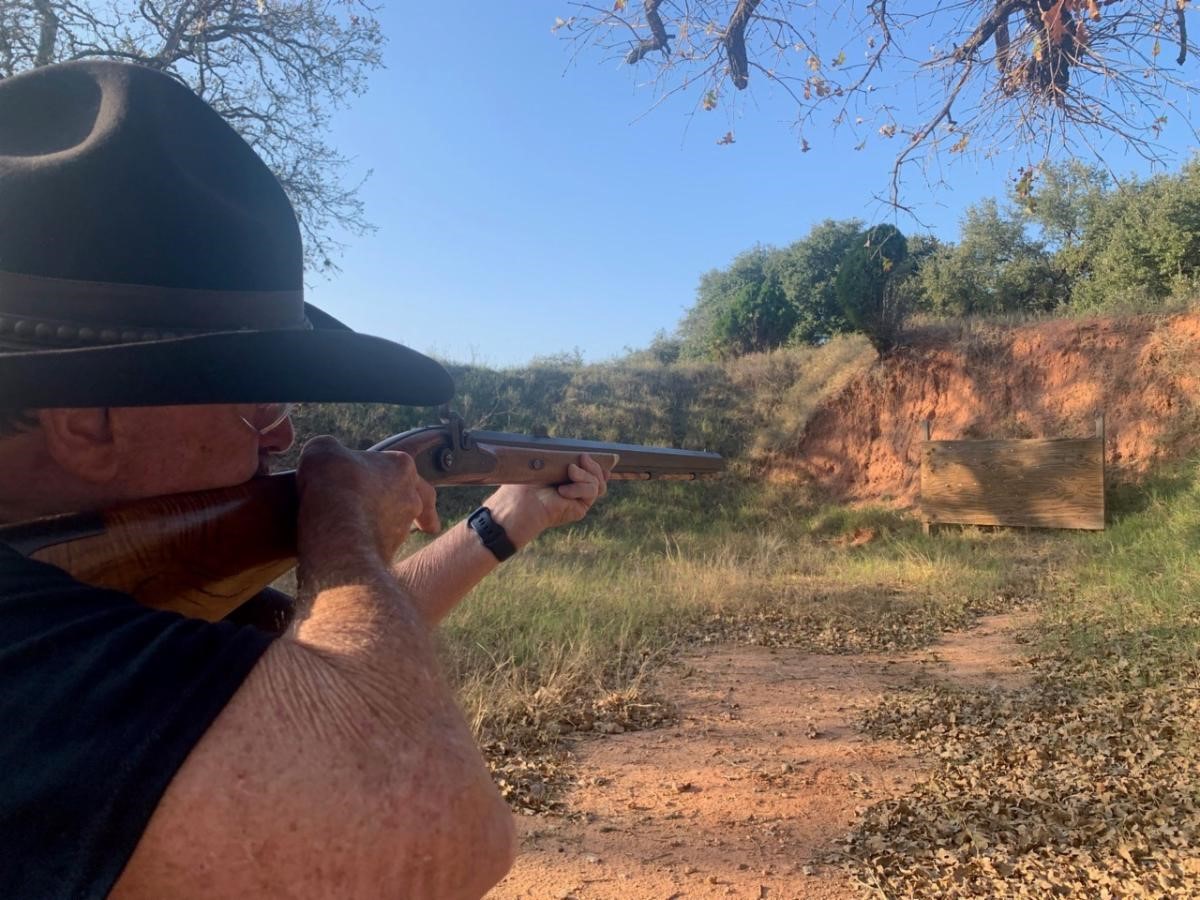
Special from Laura Burgess Marketing
In 1972, famed director Sydney Pollack directed Robert Redford as the title character in a new style of Western film titled Jeremiah Johnson.
The film was loosely based on the life of John Jeremiah Garrison Johnson, known as “Liver-Eating” Johnson, a mountain man with a life-long vendetta against the Crow tribe.
In the film, Redford, as Johnson, carried a Hawken .50-caliber rifle. The film resulted in a wave of nostalgia for the days when the country was new, wild, and where a man could make his fortune, washed over America, tired of the Vietnam War, politics, and the generational gap. The demand for the muzzle-loading, black powder guns, and the backcountry lifestyle of the American frontiersmen, generated a series of new publications dedicated to the lifestyle, along with companies producing the required clothing, gear, and poor replicas of Hawken rifles.
At about the same time, a young Mike Harvey, a born and bred Texan, grew up around the historical firearms of his predecessors and decided that his hobby would center around these old western-style guns.
Inspired by a book by Winfred Blevins, “Give Your Heart to the Hawk,” a tribute to the mountain man, specifically Jed Smith and his Hawken rifle, Harvey decided to build his own Hawken. Without the availability of kits, Harvey used Hawken blueprints from the Hawken Museum along with various castings and a rough-sawn blank stock to make his Hawken .50 caliber rifle in the evenings after his day job at a Houston bank. That very same Hawken rifle, still proudly owned, and still used today by Mike Harvey, founder of Cimarron Firearms, might have been the impetus to take the flagging replica gun market to unprecedented heights of preservation, originality, and historic accuracy.

The Hawken rifle is often considered the successor of the Kentucky Rifle. Think Daniel Boone, think Hawkeye in The Last of the Mohicans. In 1803, then President Thomas Jefferson purchased the Louisiana territory from France for a cool 15 million. The “Louisiana Purchase” encompassed land from the Mississippi River to the Rocky Mountains, and from Canada to New Orleans. The timing couldn’t be better because, by the early 1840s, 40 percent of the US population lived in the Trans-Appalachia West. With explorers like Lewis and Clark, and John Fremont, the new American Frontier was being mapped and opened up to pioneers hoping for a bright new future. The men who led the way as guides and early explorers needed a new rifle, lighter for easy carry, yet more powerful to take down the big game found on the prairies.
The Hawken Rocky Mountain Rifle was much shorter than its older sibling, the Kentucky rifle, but lighter, and most importantly, its heavier caliber could take a buffalo in one shot. The brothers were also quick to implement the newest technology back in the day: the new percussion lock, instead of the traditional flintlock. Although, they were more expensive than available flintlocks, the Hawken Rocky Mountain Rifle became a legendary model through the exploits of famous fur traders, scouts, hunters, guides, and mountain men such as William Henry Ashley, Lucien Fontenelle, Jim Bridger, John Fremont, Kit Carson, and Teddy Roosevelt.

Cimarron Firearms Santa Fe Hawken is a beautifully rendered replica of the original rugged mountain man rifle. It is a .50 caliber muzzle-loading rifle on a fancy maple stock with the customary beaver tail. The Sharps-style, 30-inch, browned octagon barrel features a fast 1-in-24-inch twist rifling. Sights include a buckhorn rear sight and a German silver blade front sight. The lock and hammer are case-colored for an authentic look and the traditional two-stage trigger, where the back trigger ‘sets’ the front trigger making it a ‘hair’ trigger.



